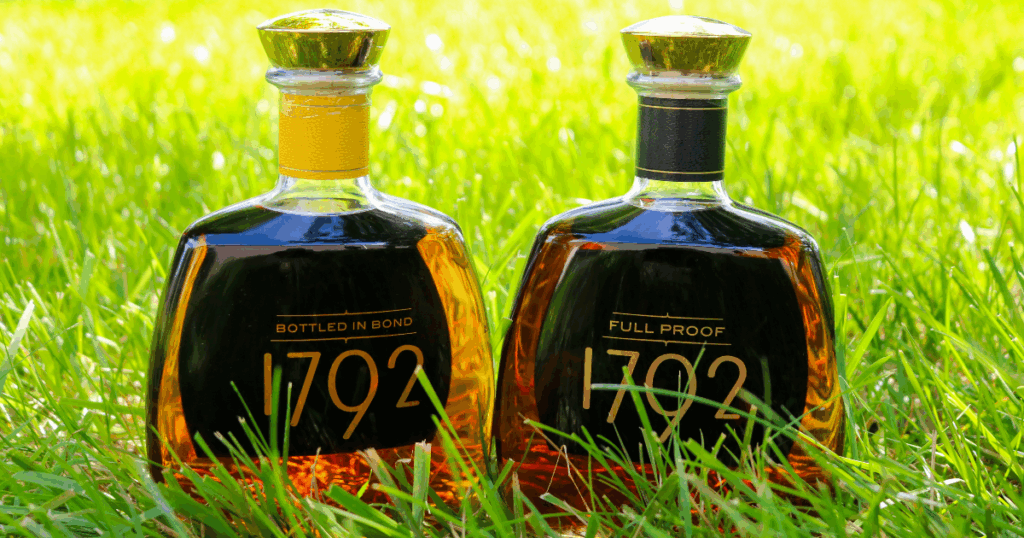Exploring the Sensory Aspects of Wine Tasting: A Guide to Identifying Wine Notes
Welcome to the wonderful world of wine tasting! Whether you’re a novice or a seasoned connoisseur, exploring the sensory aspects of wine can be an incredibly rewarding experience. In this guide, we’ll take a look at the different notes that can be found in wine and how to identify them.
When tasting wine, it’s important to take your time and really savor the experience. Start by taking a good look at the wine’s color and clarity. Is it light or dark? Is it clear or cloudy? These visual cues can give you an indication of the wine’s age and variety.
Next, take a good sniff of the wine. This is where you’ll start to pick up on the different aromas and flavors. Common notes include fruit, floral, herbal, and earthy. You may also detect hints of oak, spice, or even smoke.
Finally, take a sip of the wine and let it linger on your tongue. This is where you’ll really start to pick up on the different flavors and textures. Is it sweet or dry? Is it light or full-bodied? Does it have a smooth finish or a sharp aftertaste?
By taking the time to explore the sensory aspects of wine tasting, you’ll be able to identify the different notes and nuances that make each wine unique. So, the next time you’re enjoying a glass of wine, take a moment to appreciate the complexity of the flavors and aromas. Cheers!
How to Develop Your Palate for Wine Tasting: Tips for Enhancing Your Wine Appreciation
Are you looking to develop your palate for wine tasting? If so, you’ve come to the right place! Wine tasting is a great way to explore different flavors and aromas, and to appreciate the nuances of different wines. Here are some tips to help you enhance your wine appreciation and develop your palate for wine tasting.
1. Start with a basic understanding of wine. Before you start tasting, it’s important to have a basic understanding of the different types of wines, their flavors, and how they are made. This will help you to better appreciate the nuances of each wine you taste.
2. Taste different wines. The best way to develop your palate is to taste as many different wines as possible. Try different varietals, regions, and styles to get a better understanding of the different flavors and aromas.
3. Take notes. As you taste different wines, take notes on the flavors and aromas you experience. This will help you to remember what you liked and didn’t like about each wine.
4. Learn about food and wine pairings. Learning about food and wine pairings can help you to better appreciate the flavors of each wine. Try different combinations to see which ones work best together.
5. Attend wine tastings. Attending wine tastings is a great way to learn more about different wines and to develop your palate. You can also meet other wine enthusiasts and learn from their experiences.
By following these tips, you can enhance your wine appreciation and develop your palate for wine tasting. With a little practice and dedication, you’ll be able to identify different flavors and aromas and appreciate the nuances of each wine. Cheers!
The Art of Wine Tasting: A Comprehensive Guide to Evaluating Wine Quality
Welcome to the wonderful world of wine tasting! Whether you’re a novice or a seasoned connoisseur, this comprehensive guide will help you evaluate wine quality like a pro.
First, let’s start with the basics. Before you even take a sip, you should take a moment to observe the wine’s appearance. Is it clear or cloudy? Is it light or dark? Does it have a deep hue or a pale color? All of these factors can give you an indication of the wine’s age and quality.
Next, swirl the wine in your glass and take a deep sniff. What aromas do you detect? Is it fruity, floral, or earthy? Does it have a pleasant bouquet or a sharp, unpleasant smell?
Now it’s time to take a sip. Swish the wine around your mouth and pay attention to the texture. Is it smooth or rough? Does it have a full body or a light body?
Finally, take a moment to savor the flavor. Is it sweet, sour, or bitter? Does it have a long finish or a short finish?
By taking the time to observe, smell, taste, and savor the wine, you can gain a better understanding of its quality. With practice, you’ll be able to evaluate wine like a pro!






